The Orient vs Seiko decision is less a debate and more a question of what kind of owner you are when shopping for affordable automatic watches. Both brands originate from Japan and share common corporate roots, but their philosophies diverge significantly. Seiko leans on heritage, refinement, and innovation; Orient keeps things mechanical and straightforward. Once you’ve had both on the wrist, those differences become clear, not only in the specs but in the experience.
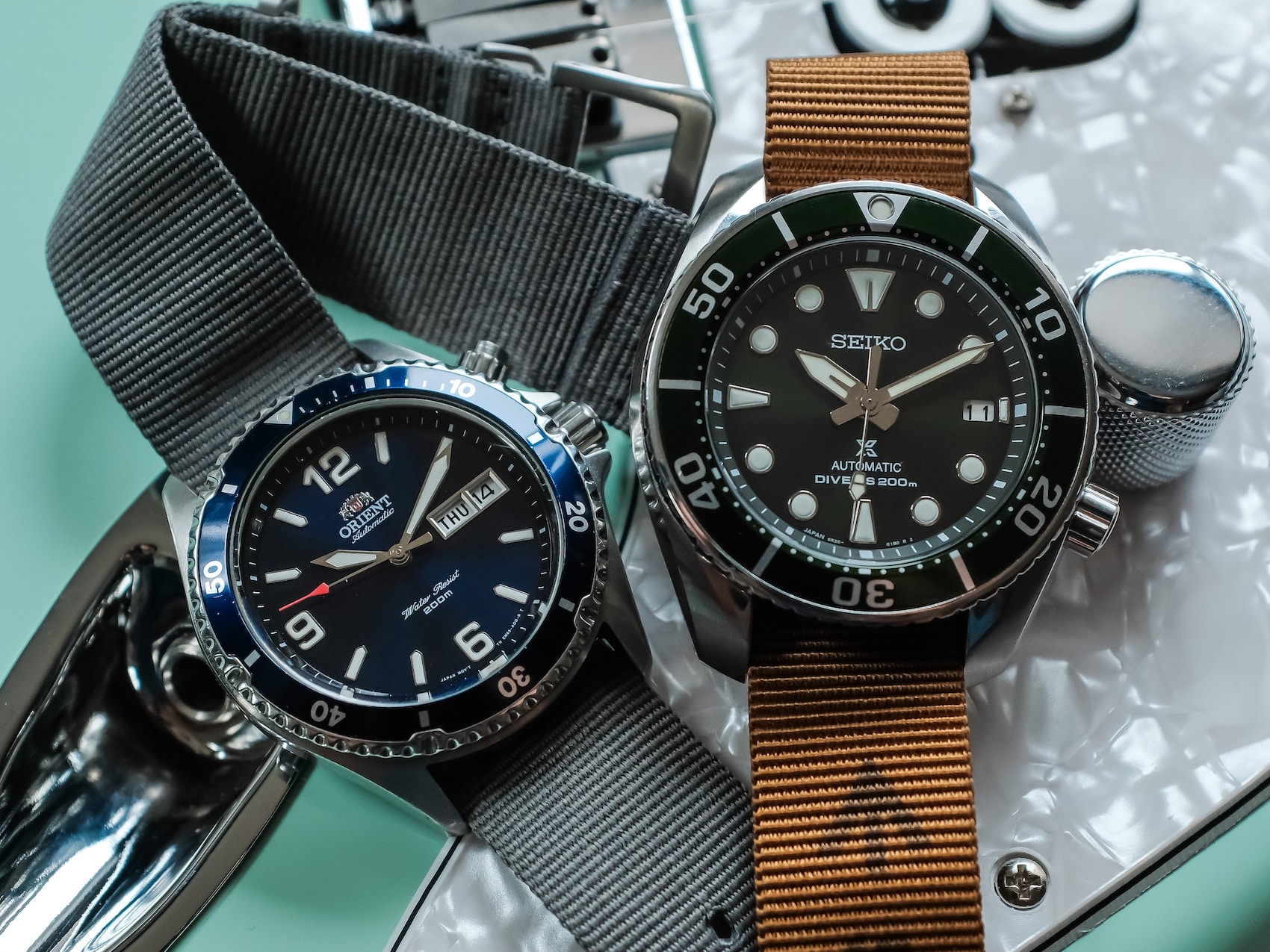
After nearly a decade reviewing Seiko and Orient, we’ve learned where each brand shines, where it stumbles, and who it’s best suited for. In this comparison, we’ll examine how Seiko and Orient differ in terms of build quality, design, movement performance, and daily comfort. This way, you’ll be able to determine which one offers the most value on your wrist.
Brand Identity & Philosophy: Purposeful Craft vs Refined Tradition
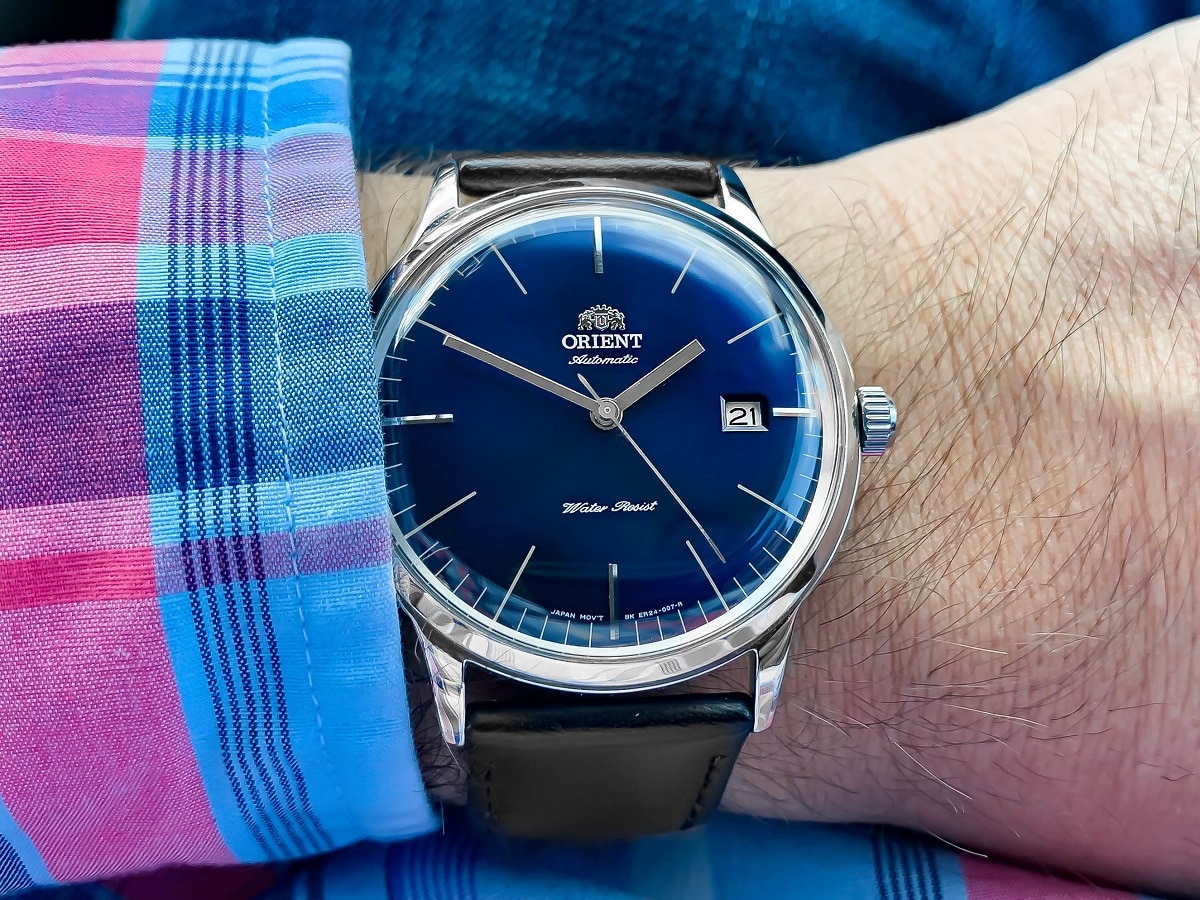
Since its early days in Tokyo, Orient has focused on creating mechanical watches that feel genuine, approachable, and built to last. Instead of chasing luxury trends, it focuses on practical, character-driven design. Models that we’ve reviewed hands-on like the Orient Bambino capture that approach perfectly. Its domed crystal and curved dial markers create vintage charm without tipping into nostalgia. Every detail serves a purpose: easy legibility, classic styling, and a comfortable presence on the wrist.
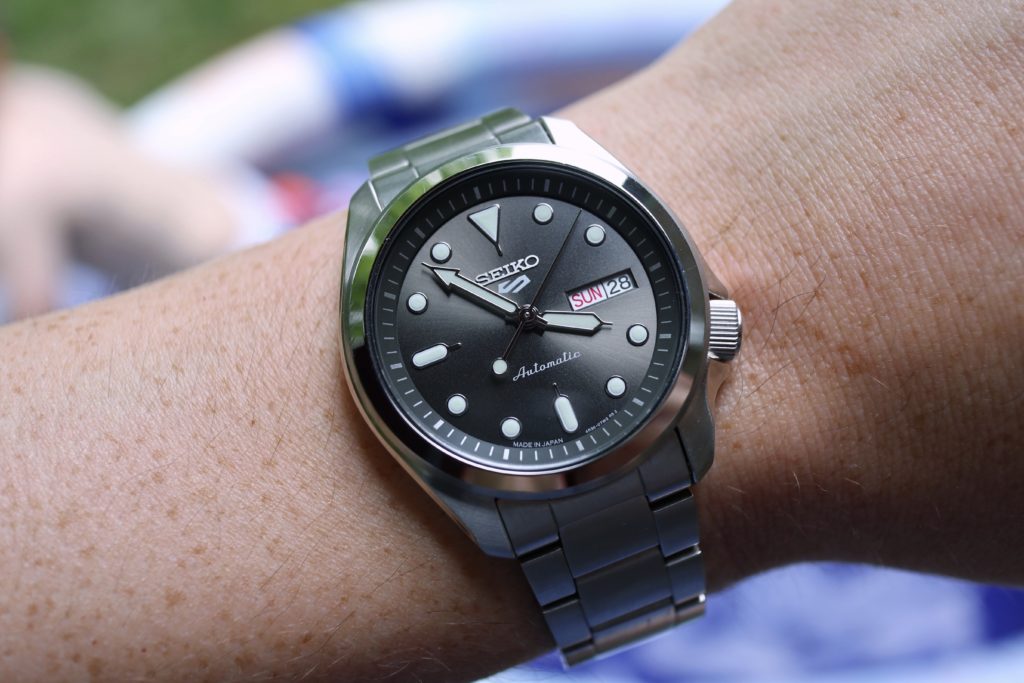
Seiko, by contrast, represents a philosophy that builds on its heritage through steady innovation and quiet evolution. Since 1881, the brand has developed watches that blend technical reliability with thoughtful design. In fact, our personal experience testing the Seiko SRPE51 demonstrates how the brand continues to modernize without compromising its core identity. This particular model borrows the familiar SKX silhouette but trades the dive bezel for a clean, brushed case and a simple grey dial. On the wrist, it feels dependable; the kind of watch you don’t baby, but still admire when the light hits it right.
- Orient appeals to enthusiasts who want their first mechanical watch or a dependable daily piece that feels personal and genuine.
- Seiko connects with those seeking a touch more polish and variety. It offers watches that blend tradition with modern craftsmanship in a way that feels timeless rather than trendy.
Catalog Scope & Core Strengths
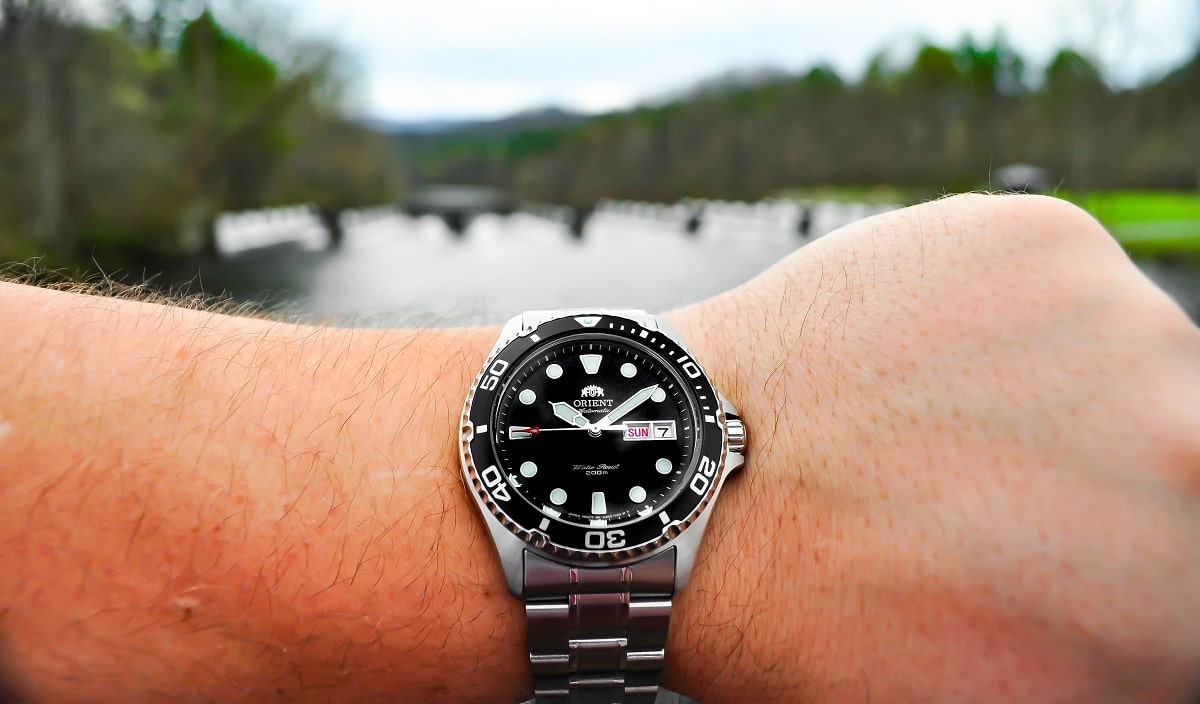
Orient’s strength is focus. Across our experiences testing the brand, the recurring theme has been consistency. The brand sticks to what it does best: mechanical watches that balance charm, durability, and affordability. While the catalog may not be sprawling, it covers the essentials that most collectors care about. The Orient Ray II illustrated the payoff of that catalog focus during our time reviewing it. The in-house automatic movement, polished bezel action, and solid lume make it a standout in the budget diver space. Across the brand’s lineup, mechanical satisfaction comes first; variety takes a back seat.
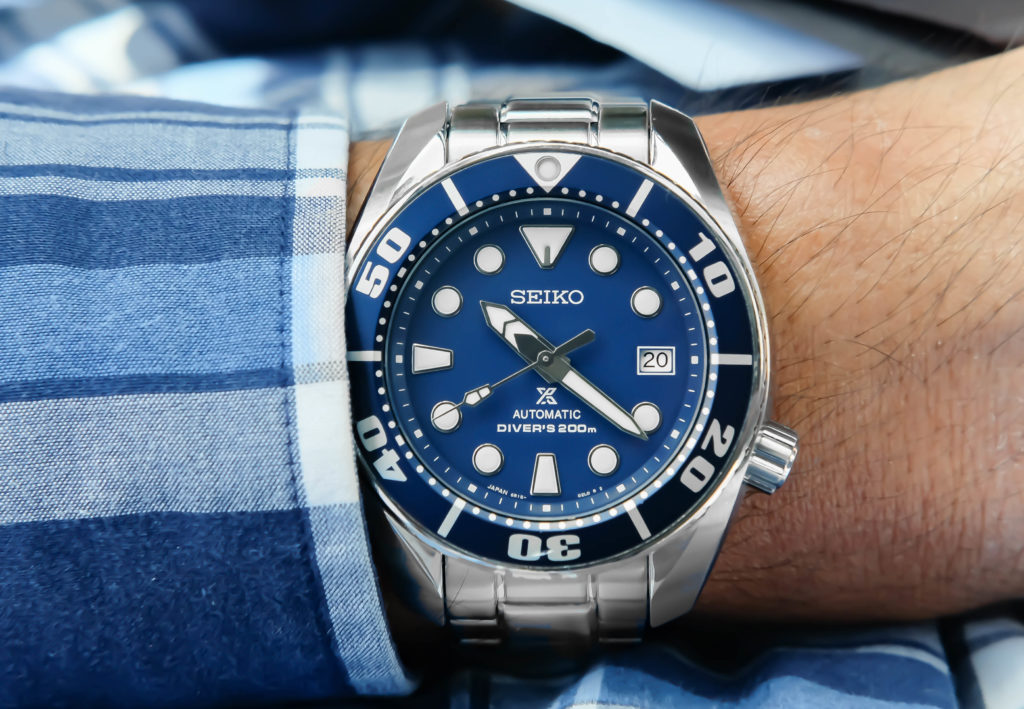
Seiko’s advantage is range. Through years of reviews and wrist time, we’ve found versatility to be the brand’s strongest asset. Seiko builds watches for nearly every scenario: dive, dress, sport, or travel. In real-world terms, you can find a Seiko suited for almost any occasion without straining your wallet. For instance, after logging years of wrist time with the Seiko Sumo (part of my personal collection), the watch demonstrated how Seiko effectively blends practicality with polish. The case feels solid yet balanced given the large proportions and the dial’s legibility is spot on. On the wrist, it wears like a faithful travel companion: durable, comfortable, and finished far better than its price suggests.
- Orient earns its value by mastering the essentials: mechanical watches that feel intentional, not mass-produced.
- Seiko earns its value through breadth: a lineup that proves versatility doesn’t have to dilute identity.
Design & Wearability: Understated Balance vs Playful Utility
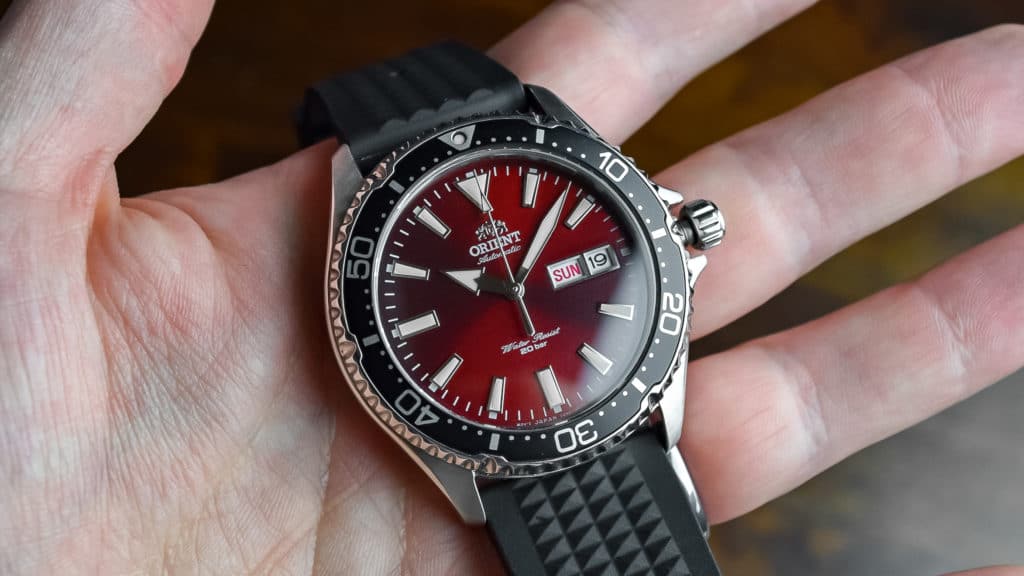
Orient’s design philosophy centers on classic restraint. The brand builds watches that look good today and ten years from now, without leaning on flash or gimmicks. One of our favorite models that exemplifies this approach during our hands-on testing is the Orient Kamasu. The proportions felt balanced, the dial layout stayed clean, and the bezel action was firm without being stiff. It wears comfortably on smaller wrists yet still carries enough wrist presence to feel purposeful. Finishing is simple but confident, with brushed surfaces that hide wear well and polished edges that catch light just enough to feel refined.
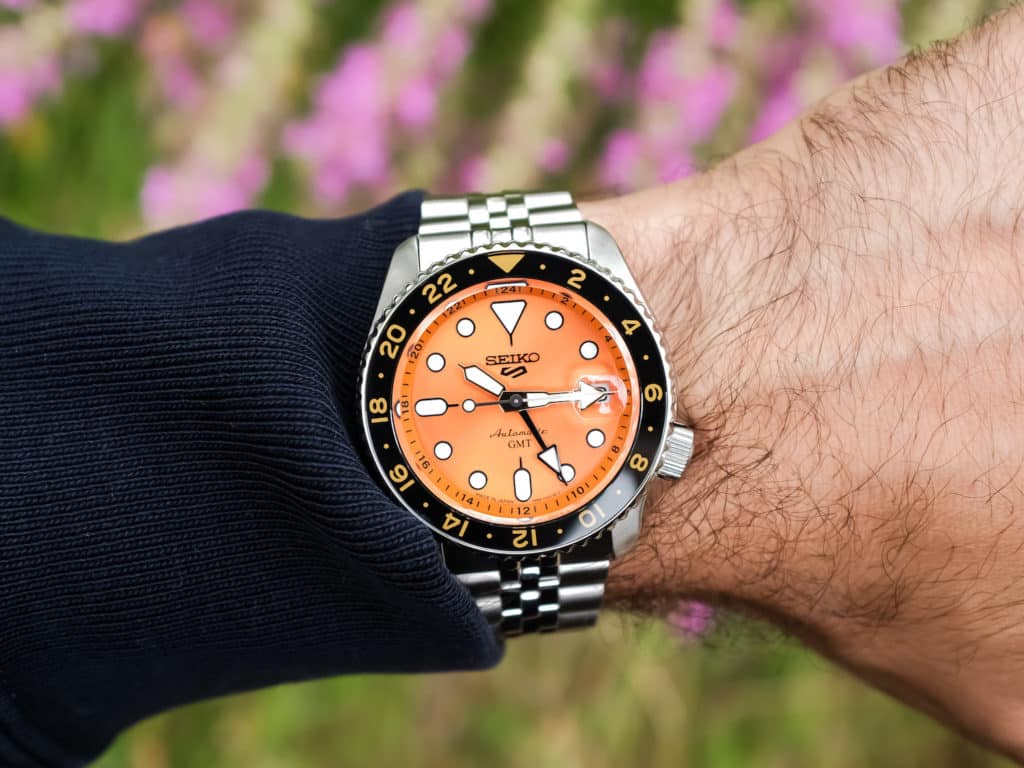
Seiko by contrast tends to bring more personality to its practicality. During our time testing the Seiko 5 GMT, we found how the brand can make a travel watch that feels both fun and functional. The case finishing feels far better than its price suggests, and the rotating bezel adds enough color to make it stand out without being overly attention-seeking. The GMT hand tracks a second time zone cleanly, while the large markers make it effortless to read in any light.
- Orient delivers timeless confidence with classic designs that age well.
- Seiko delivers everyday energy with practical watches possessing the right amount of character.
Build Quality & Technical Approach
Both brands produce watches that feel ready for real life, but their approaches to engineering differ.
Movements:
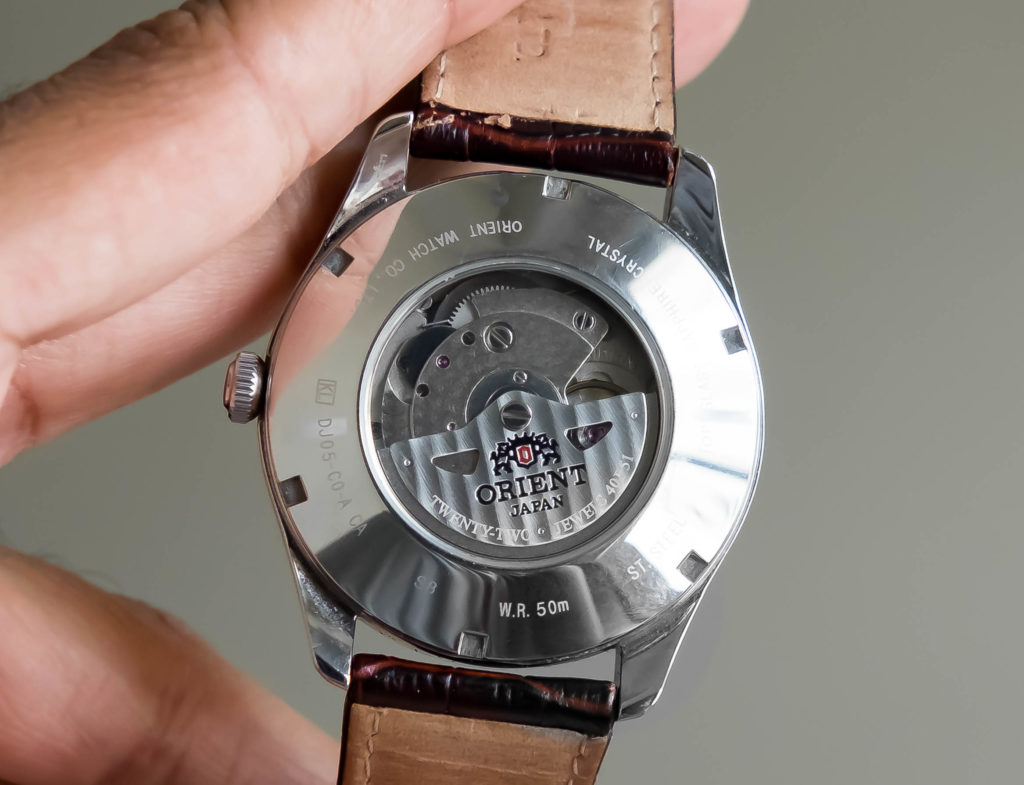
Orient keeps things mechanical and refreshingly straightforward. Across the pieces we’ve worn, from the TriStar to the Mako II, its in-house automatics have a distinct charm. They’re not trying to hit COSC specs, but they’re consistent, easy to regulate, and feel honest on the wrist. The F6 calibers add hacking and hand-winding, minor upgrades to previous generations that make a big difference day to day. You wind it, set it, wear it: that’s the appeal.
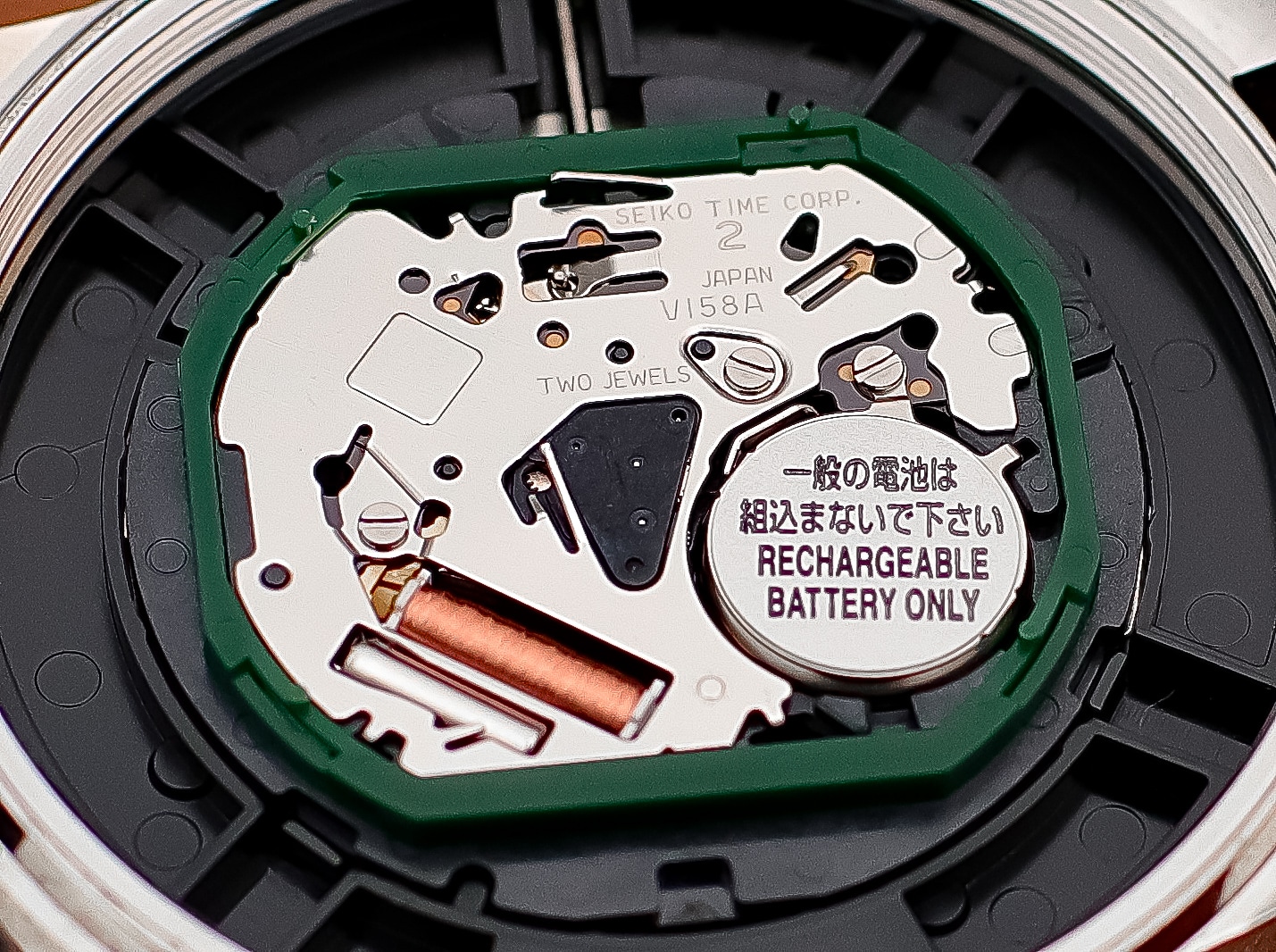
Seiko, on the other hand, thrives on variety. Mechanical, quartz, solar, kinetic: they’ve done it all, and usually well. In our time testing the SNE329, the solar setup worked flawlessly. It charged quickly, held its power for months, and demonstrated outstanding precision, gaining only about a tenth of a second per day over 16 days. That’s a level of accuracy that easily rivals far pricier quartz watches. You start to forget it’s even a solar watch until you realize you haven’t touched it in weeks and it’s still running.
Case Construction & Finishing:
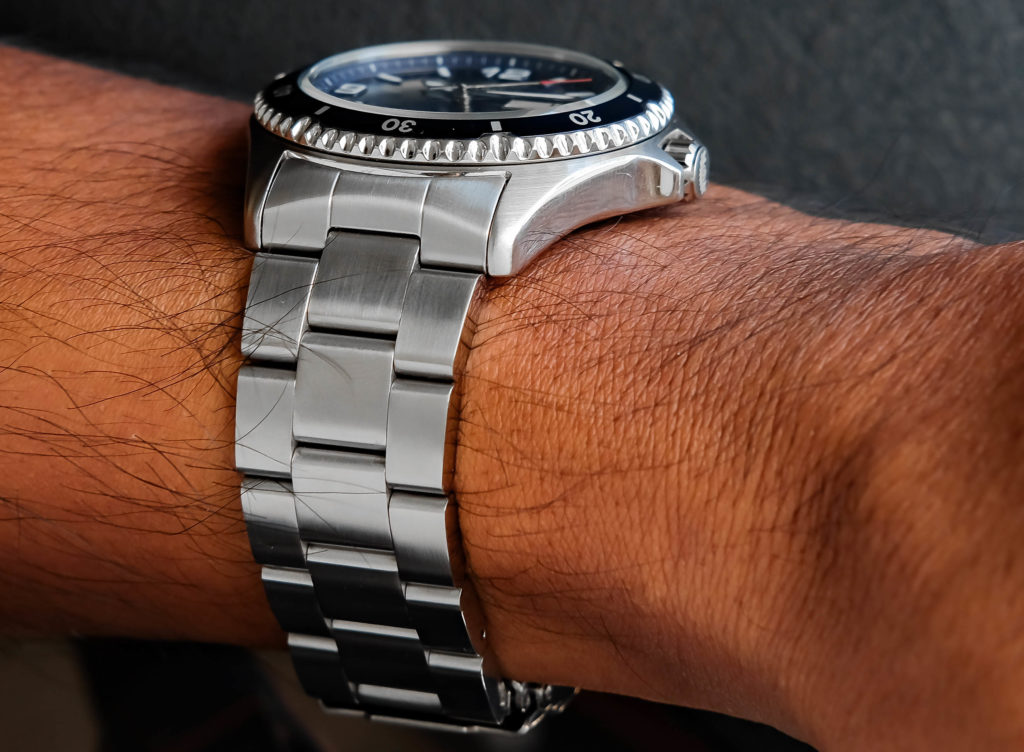
Orient cases feel sturdy and grounded. After logging significant wrist time during our review, the Mako II proved that brushed surfaces and solid steel can look sharp without pretending to be luxury. The finishing hides wear nicely, and even when bracelets rattle a bit, they never feel cheap. Move into Orient Star territory and you notice tighter tolerances, smoother bezels, and cleaner transitions between brushed and polished areas.
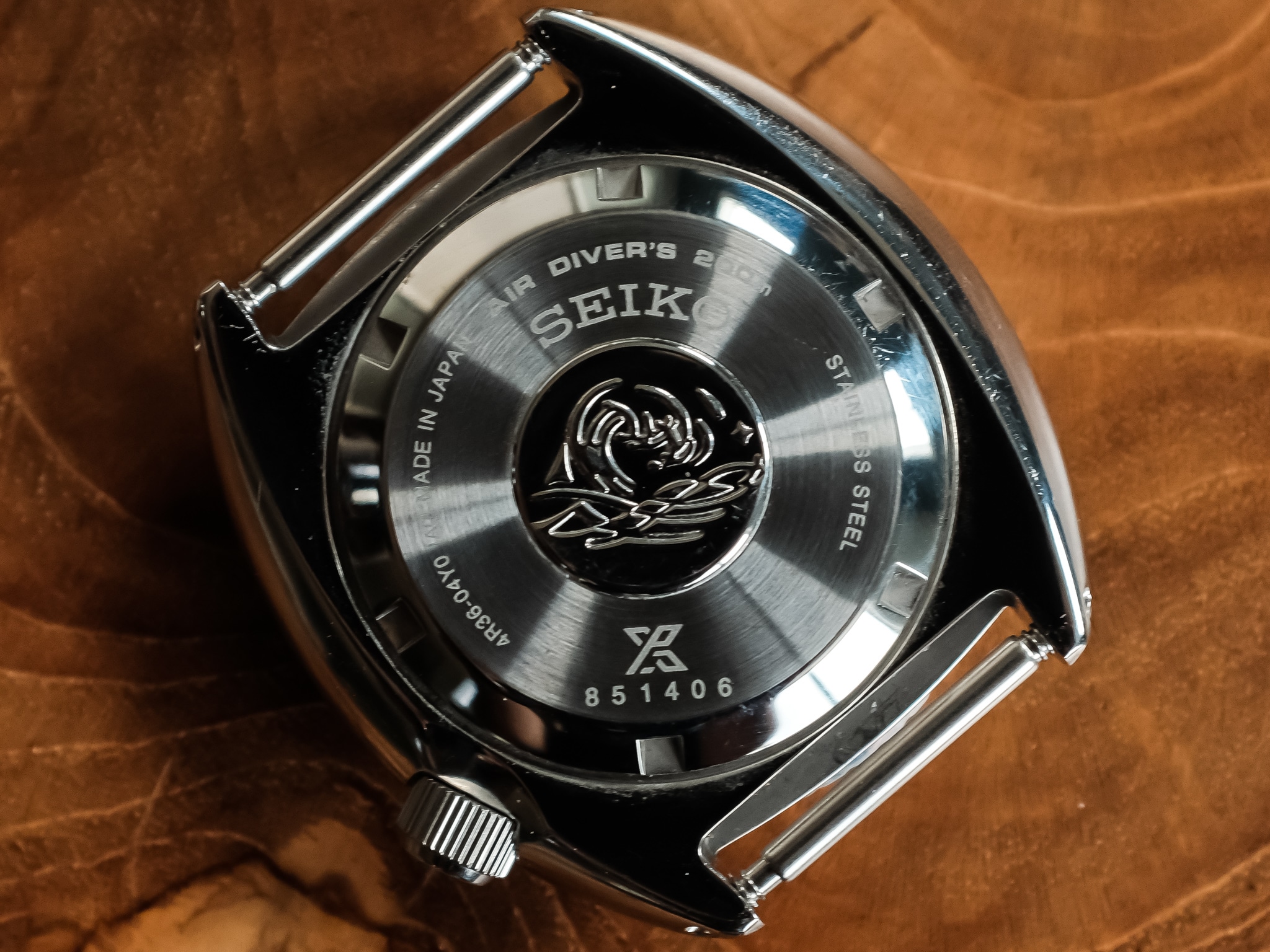
Seiko’s casework tells a slightly different story. As we found on the wrist during testing, the Turtle strikes the Seiko balance between tough and comfortable. The 44.3mm case wears smaller than the numbers suggest, and the offset crown keeps the 200m diver rating practical. Bezel alignment isn’t perfect, but the smooth rotation and classic shape make it an authentic modern reissue done right. Even on entry-level models, we’ve seen Seiko’s brushing and polishing hold up better than expected after serious wrist time.
Crystals:
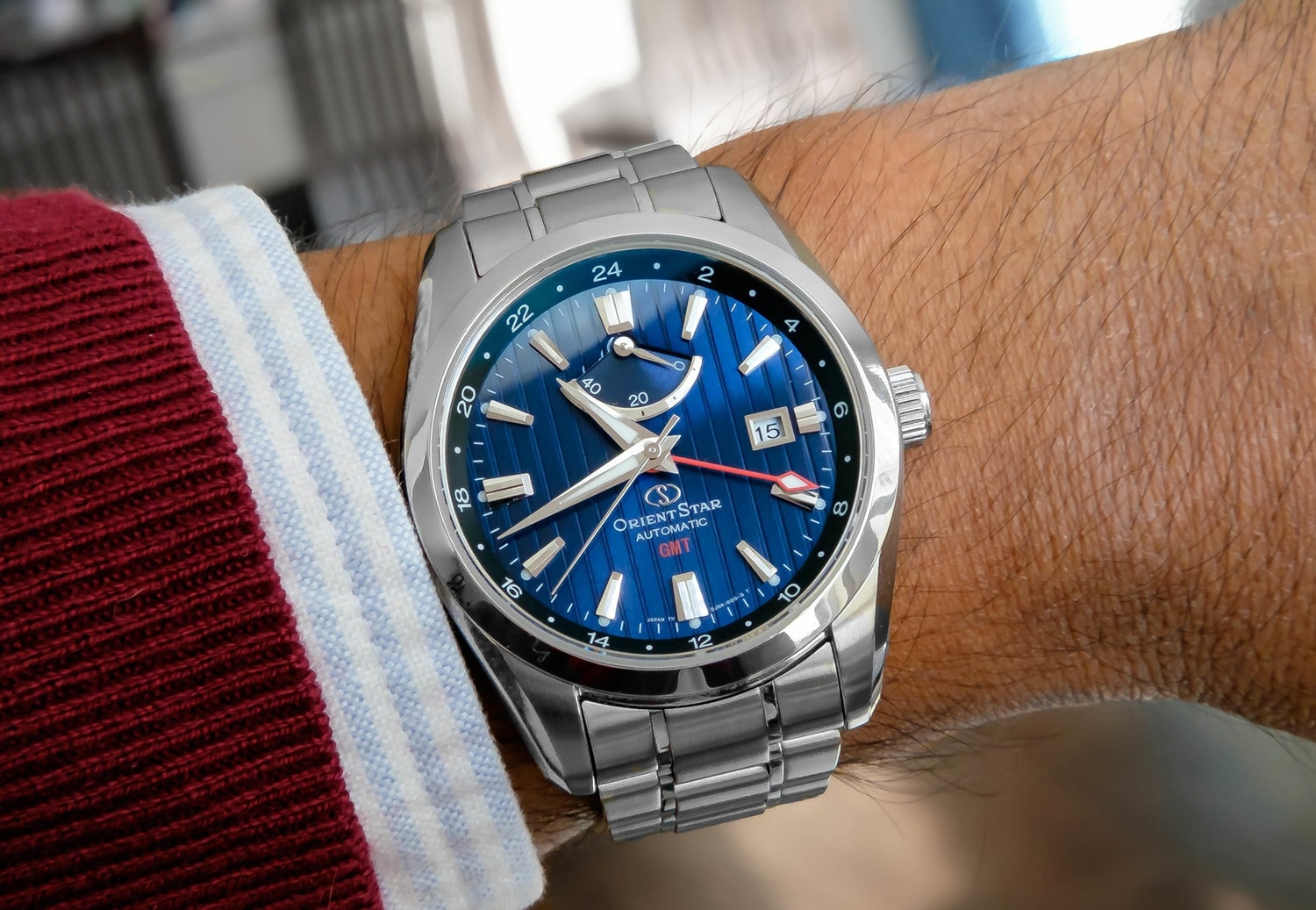
In Orient’s lineup, crystal type varies by line. Many entry-level Orient models use mineral glass, but there are well-known sapphire exceptions (e.g., Kamasu/Kamasu II, various M-Force and select dress references). Orient Star models are predominantly sapphire, often with AR (as we noted in our review of the Orient Star GMT WZ0071DJ).
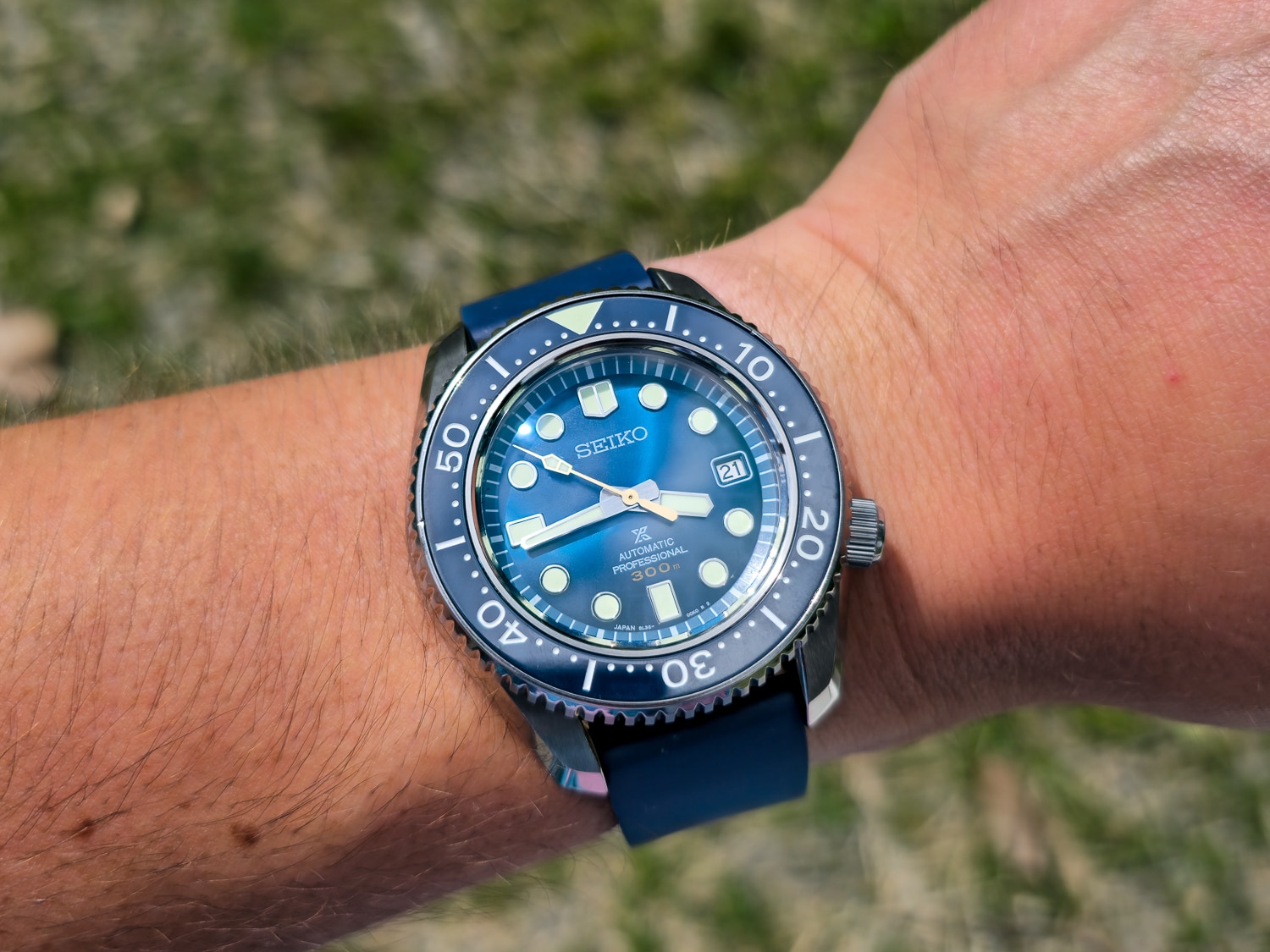
Seiko takes a layered approach. Most affordable models feature Hardlex, a proprietary hardened mineral that resists shattering better than typical mineral glass. Move up the ladder to professional divers like the Seiko Marinemaster, and sapphire becomes the norm. Not surprisingly, we found that during our review the crystal offered sharp, distortion-free clarity that remained intact in both direct sunlight and underwater conditions.
Water Resistance & Lume:
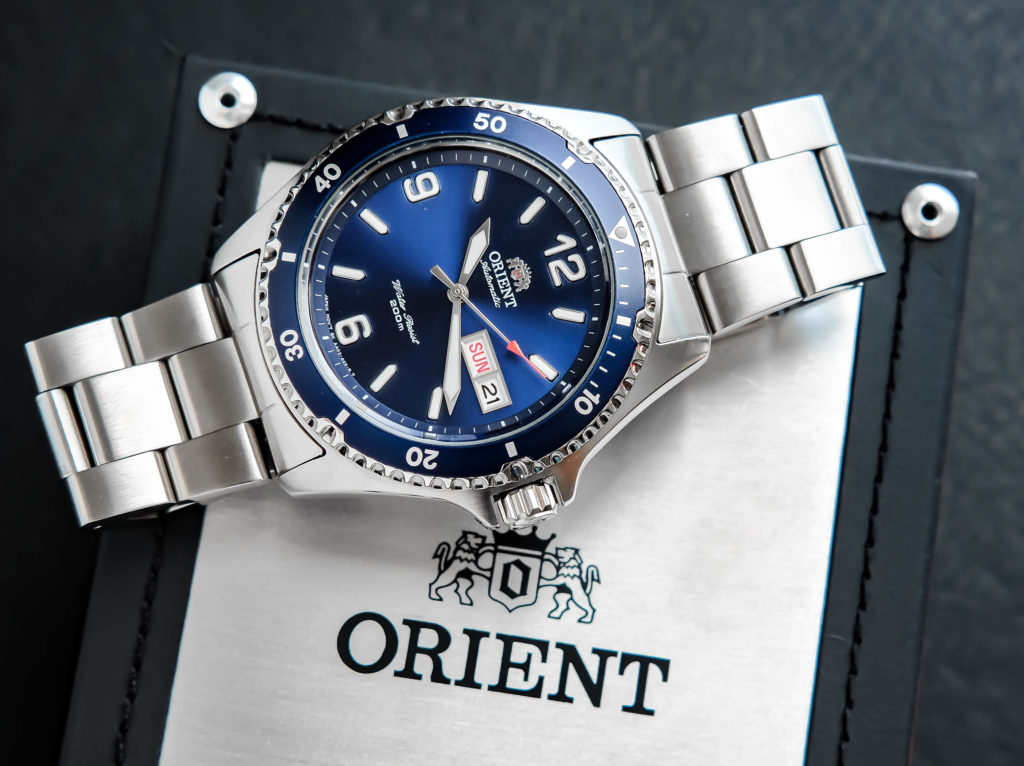
Orient tends to keeps it’s durability practical without any sort of over-engineering or spec-overkill. For example the Mako II features 200m water resistance and screw-down crown which covers swimming, snorkeling, and everyday abuse with room to spare (it isn’t an ISO-rated dive watch, but it’s plenty for real use). During testing we also found the lume on the hands and markers quite even and dependable. It’s designed for reliability, not theatrics, and that’s precisely what makes it work.
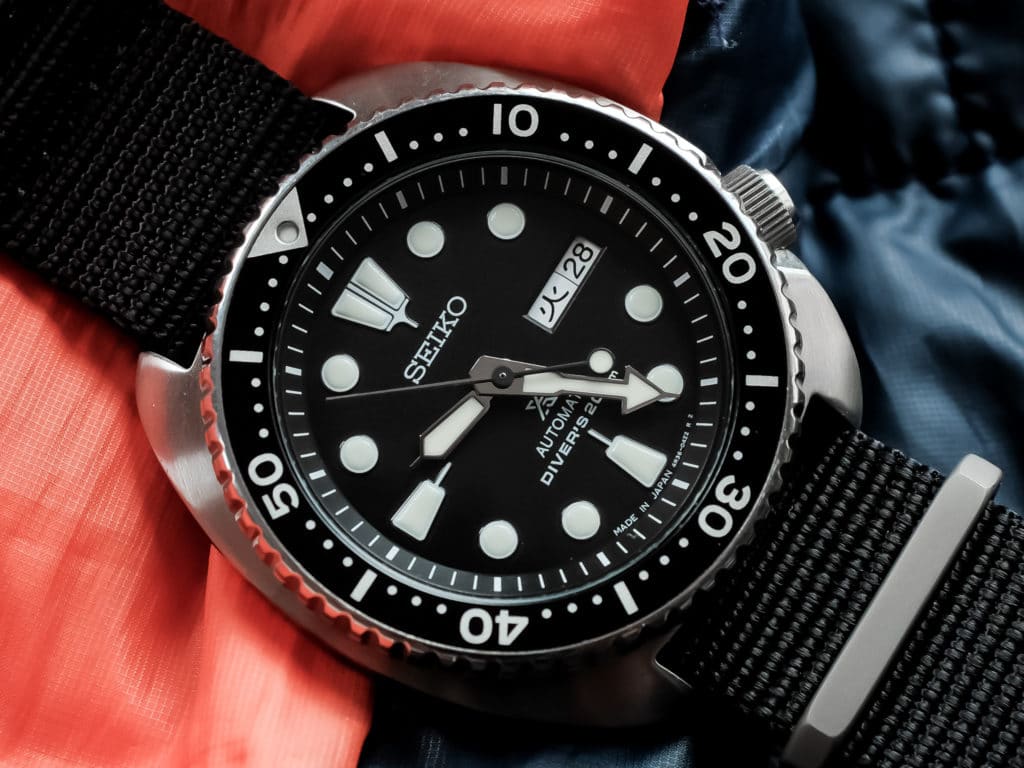
Seiko pushes functionality further though with models like the Turtle, which carry a Diver’s 200m rating and meet ISO 6425 standards. So it isn’t just water-resistant; it’s a true dive watch. The dial uses Seiko’s legendary Lumibrite (often the best lume for the money) which charges quickly and stays impressively bright for hours, keeping things clear well past sunset.
- Orient earns its reputation through mechanical integrity and balanced design. It makes watches that prioritize usability and long-term reliability over flashy specifications.
- Seiko stands out for its engineering range and execution, combining rugged construction, precise movements, and standout lume performance that prove its worth in real-world wear.
Community and Resale
With Orient, the experience is more about wearing than collecting. Over the years, we’ve met numerous owners who purchased a Bambino or Mako II as their first mechanical watch and never felt the need to sell it. Moreover, Vintage Orient Stars or oddball 1970s models occasionally resurface on forums, often being traded among enthusiasts who appreciate honest mechanics and a charm that grows with wear. While the community might be smaller, it’s composed of people who actually wear their watches, not fall down market trend rabbit holes.
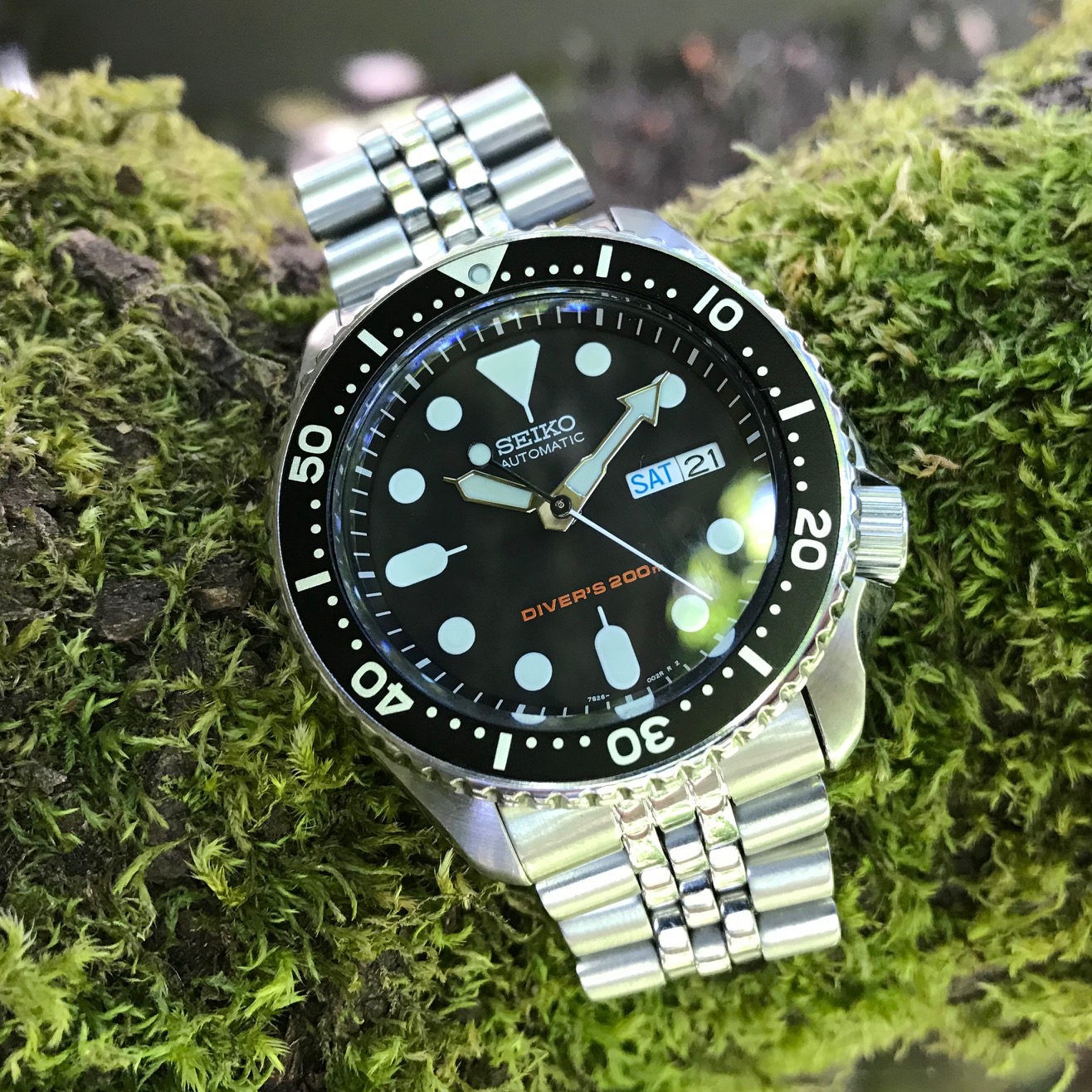
Seiko meanwhile lives in motion. We’ve seen SKXs, Turtles, and 5 Sports models change hands more times than we can count, sometimes modded, rebuilt, and re-loved. Even entry-level pieces retain their appeal because the community continues to engage. Discontinued divers and special editions regularly appreciate, while everyday Seikos remain active on the resale market. It’s a brand that invites experimentation and rewards curiosity, which keeps collectors talking, trading, and tinkering year after year.
- Orient builds quiet loyalty through real wear and ownership.
- Seiko fuels a restless community that keeps the hobby alive.
Final Thoughts: Which Brand Offers Better Value?
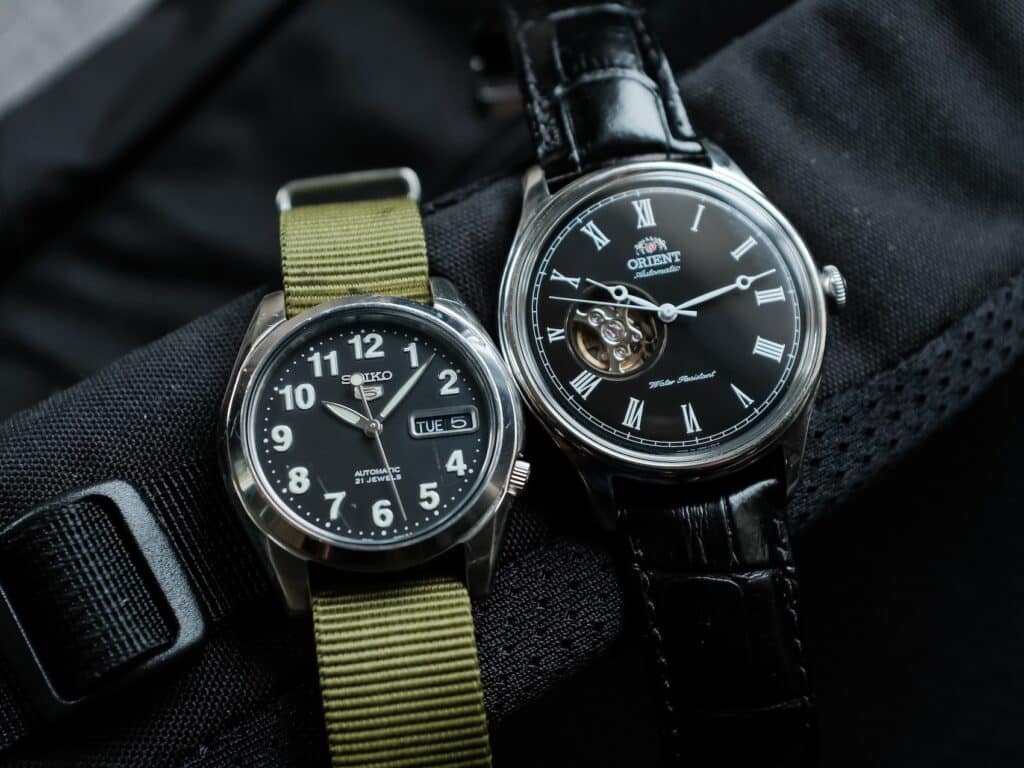
Orient proves that affordable doesn’t have to mean forgettable. After spending real wrist time with multiple models, the takeaway is clear: simple mechanics, honest design, and durability that exceed expectations. Most models fall within the $100–$600 range. You buy one to wear hard, not to resell, and that’s where the appeal lies.
Seiko stretches value across tiers. Our hands-on testing demonstrates how the brand enhances finishing, materials, and movement range while maintaining its everyday reliability. You pay more, but you also gain access to a global community, more substantial resale potential, and a catalog deep enough to explore for years.
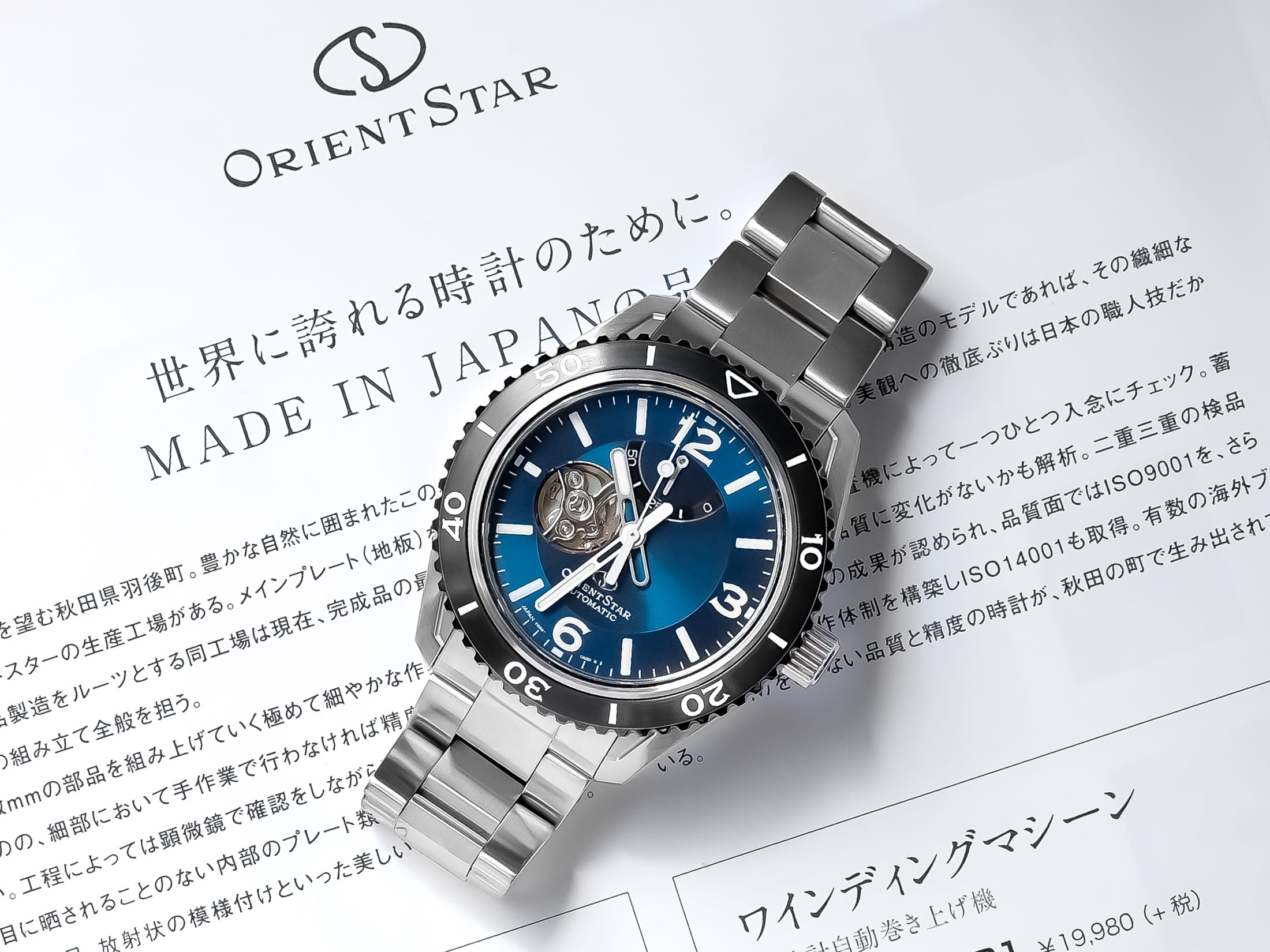
One thing to note is that Seiko’s wide reach and effective digital marketing put its models on more wrists. Orient with quieter marketing keeps a lower profile, appealing if you prefer an under-radar, insider choice
Who Is Each Brand Best For:
- Orient: First-time buyers or everyday wearers who want a dependable daily driver without the price tag guilt.
- Seiko: Collectors who value variety, technical range, and long-term credibility across price points.
Simply put, if you want a no-nonsense mechanical watch that works hard and stays true to its roots, Orient still sets the benchmark for entry-level value. But, if you want a brand that scales with your taste and keeps pace as your collection matures, Seiko remains the more complete and enduring choice.

Co-Founder and Senior Editor
Kaz has been collecting watches since 2015, but he’s been fascinated by product design, the Collector’s psychology, and brand marketing his whole life. While sharing the same strong fondness for all things horologically-affordable as Mike (his TBWS partner in crime), Kaz’s collection niche is also focused on vintage Soviet watches as well as watches that feature a unique, but well-designed quirk or visual hook.
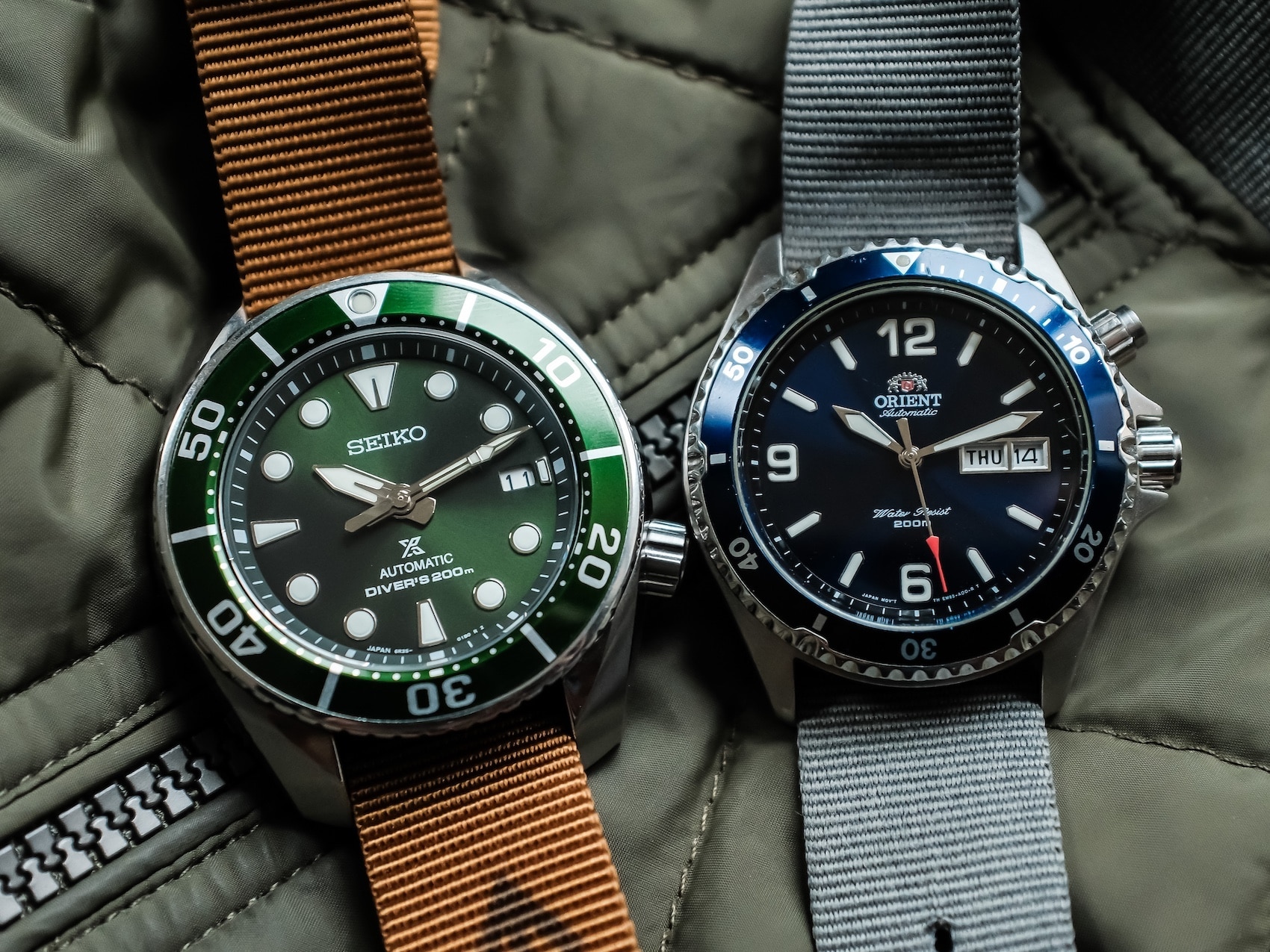
In this article the first picture shows a Orient blue dial and bezel watch with what looks like a push button at 2 O’clock and the normal crown at three. What model orient is this. I have never seen the push button know at 2 O’clock and it looks cool.
Hey David, that’s my earlier-gen Orient Mako CEM65002D. The push button at 2 lets you adjust the calendar feature. It’s quirky and makes for a really cool looking dive watch.